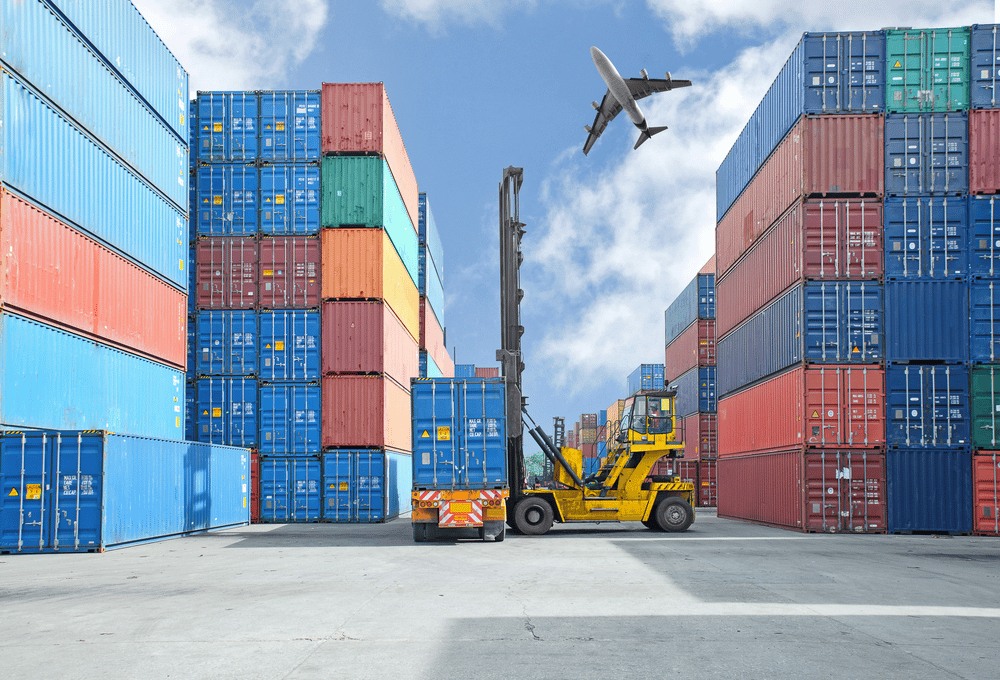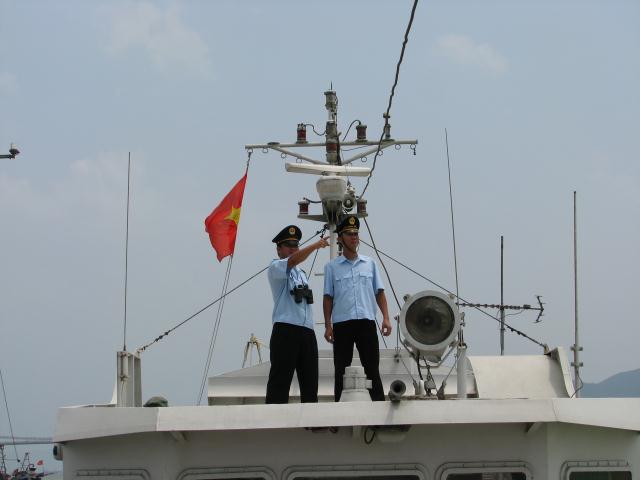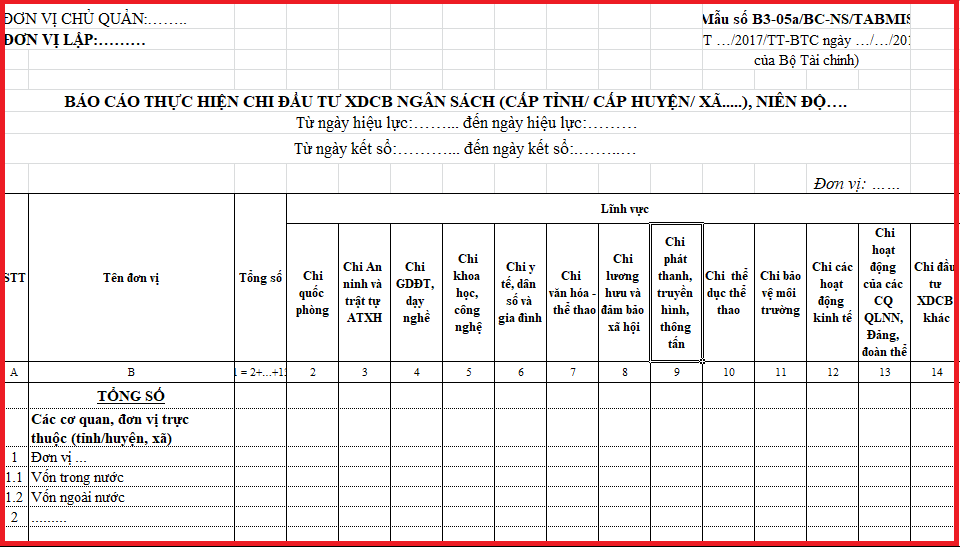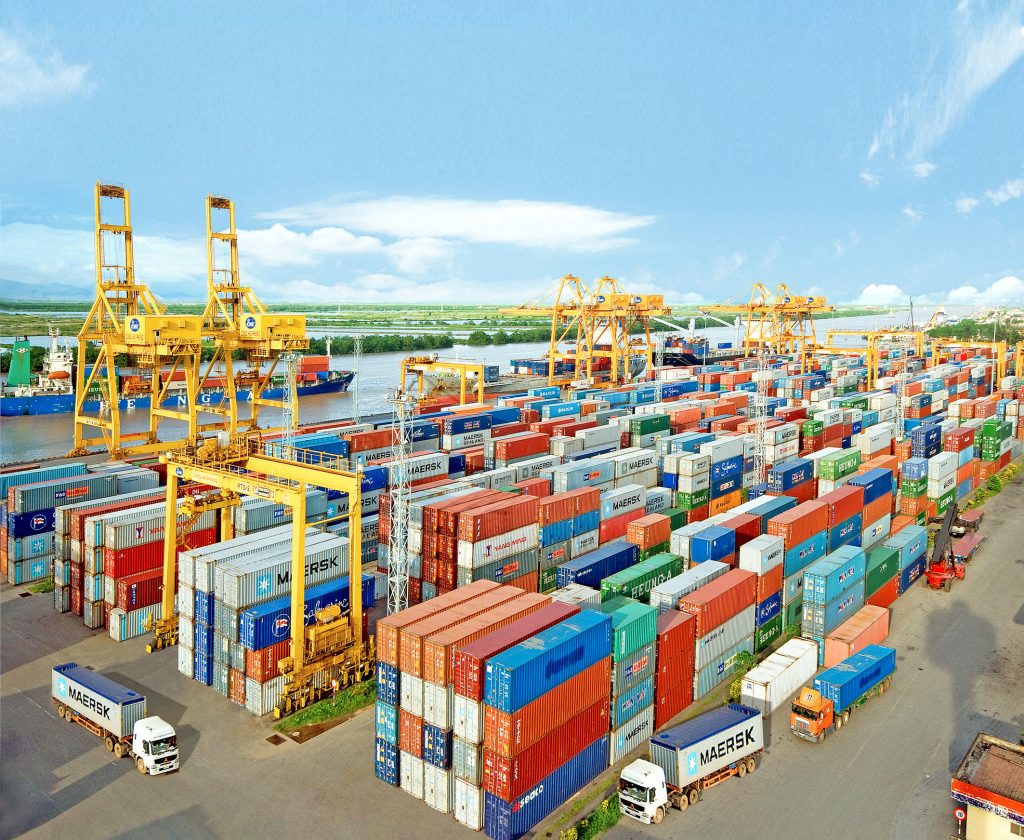What are the cases of indirect exports in Vietnam? What are the regulations on customs procedures applied to indirect export? - Ngoc Tran (HCMC, Vietnam)

Customs procedures applied to indirect export in Vietnam (Internet image)
1. Cases of indirect exports in Vietnam
According to Clause 1, Article 86 of Circular 38/2015/TT-BTC (amended by Circular 39/2018/TT-BTC), indirect exports include:
- Processed products: hired/borrowed machinery and equipment; excess materials; waste, rejects under processing contracts prescribed in Clause 3 Article 32 of Decree 187/2013/ND-CP;
- Goods traded between an inland enterprise and an EPE or an enterprise in a free trade zone;
- Goods traded between a Vietnamese company and a foreign entity without a representative in Vietnam and are requested to be delivered to another enterprise in Vietnam by the foreign entity.
2. Customs procedures applied to indirect export in Vietnam
Article 86 of Circular 38/2015/TT-BTC (amended by Circular 39/2018/TT-BTC) stipulates customs procedures applied to indirect export as follows:
Customs procedures for indirect export shall be followed at the most convenient Sub-department of Customs selected by the declarant that suit the purpose.
* Customs dossier
The customs dossier of in-country exports shall comply with Article 16 of Circular 38/2015/TT-BTC (amended by Circular 39/2018/TT-BTC).
If goods are traded between an inland enterprise and an EPE or an enterprise in a free trade zone, the declarant may use VAT invoices or sale invoices as prescribed by the Ministry of Finance instead of commercial invoices.
In case of finance lease by an EPE or an enterprise in a free trade zone, the declarant is not required to submit the commercial invoice, VAT invoice or sale invoice.
Within 15 working days from the day on which the exports are granted customs clearance, the local importer shall complete customs procedures.
* Customs procedures
- The local exporter shall:
+ Complete the declaration of exports and combined transport, specifying the destination code of the Sub-department of Customs where import procedures are followed and the enterprise identification number (write “#&XKTC” in “Số quản lý nội bộ của doanh nghiệp” or “Ghi chép khác” on the physical declaration);
+ Follow procedures for exporting goods as prescribed;
+ Inform the local importer of the completion of export procedures and deliver the goods to the importer after the importer completes import procedures;
+ Receive information about the in-country import declaration for which customs procedures have been completed by the local importer for further processing.
- The importer shall:
+ Complete the import declaration by the deadline, specifying the number of the declaration;
+ Follow procedures for importing goods as prescribed;
+ After import procedures are completed, request the local exporter to carry on the procedures;
+ Only sell or use imports for manufacturing after they are granted customs clearance.
- The customs authority where import procedures are followed shall:
+ Complete the export procedures prescribed in Chapter II of Circular 38/2015/TT-BTC (amended by Circular 39/2018/TT-BTC);
+ Monitor declarations of in-country exports that have completed customs procedures but have not completed import procedures and inform the Sub-department of Customs where import procedures will be carried out, which will supervise the local importer following the procedures.
- The customs authority where import procedures are followed shall:
+ Carry out inspection according to the classification result given by the e-customs system. If physical inspection of goods is required and goods have undergone physical inspection at the Sub-department of Customs of export, the Sub-department of Customs of import shall not carry out physical inspection;
+ Compile monthly lists of indirectly exports that have been granted customs clearance (form No. 01/TB-XNKTC/GSQL in Appendix V enclosed with Circular 38/2015/TT-BTC (amended by Circular 39/2018/TT-BTC)) and send them to the supervisory tax authority of the local importer;
+ Cooperate with the Sub-department of Customs where export procedures are carried out in supervising the local importer completing customs procedures.
* Note: In case a prioritized enterprise and its partners, or a conformable enterprise and its partners that are also conformable enterprises who have indirect exports that are delivered many times over a certain period of time under a contract/order with the same buyer or seller, goods may be delivered before customs declaration.
- Customs declaration shall be made within 30 days from the delivery date.
- The declarant may register the declaration of indirect exports at the most convenient Sub-department of Customs; tax policies and policies on management of exports or imports shall be implemented when the customs declaration is registered.
- The customs authority only examines documents related to the delivery of goods instead of carrying out a physical inspection.
- The exporter and the importer must keep documents proving each delivery (such as commercial invoice, VAT invoice, sale invoice, goods dispatch invoice, etc.) and present them to the customs authority on request.
Van Trong
- Key word:
- indirect exports in Vietnam
 Article table of contents
Article table of contents





.Medium.png)
.Medium.png)
.Medium.png)
.Medium.png)
